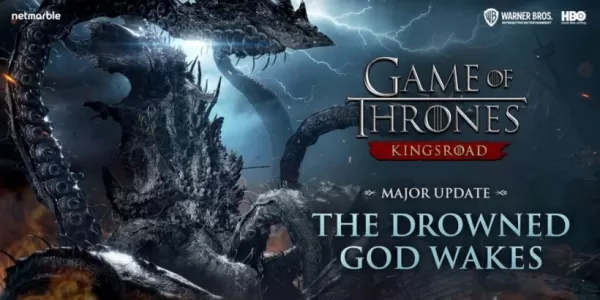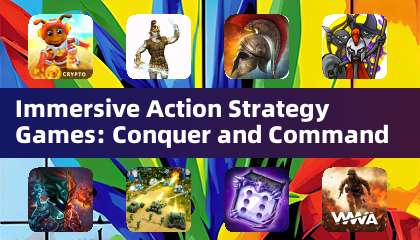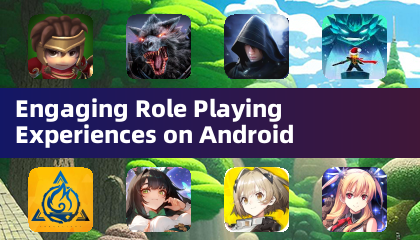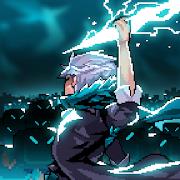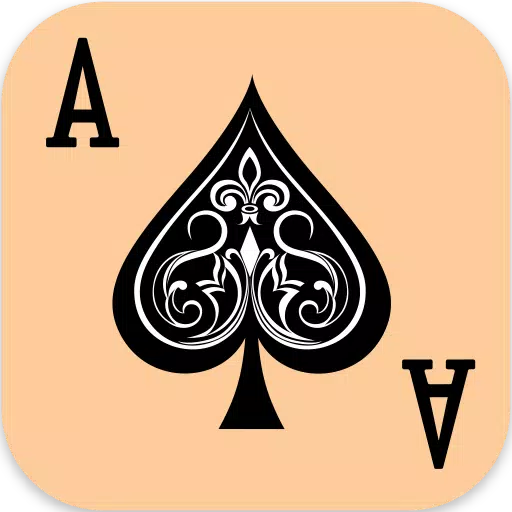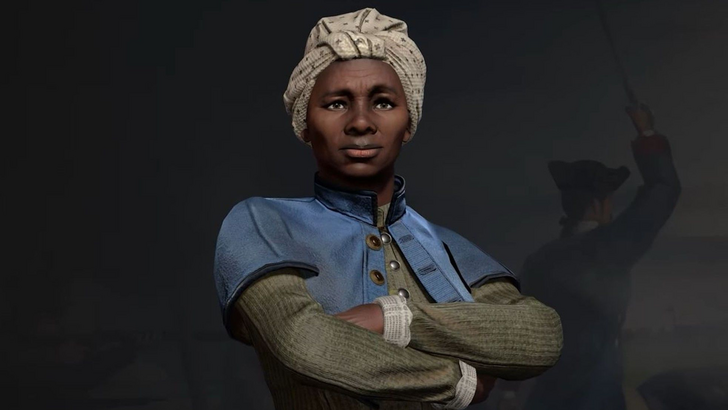
The leaders in Sid Meier’s Civilization series are as iconic as the civilizations they represent, but Firaxis has continually evolved how these figures are chosen. Discover how Civilization VII reshapes the concept of leadership through its innovative roster.
← Return to Sid Meier's Civilization VII main article
Civ VII Reinvents Leadership in Strategy Gaming
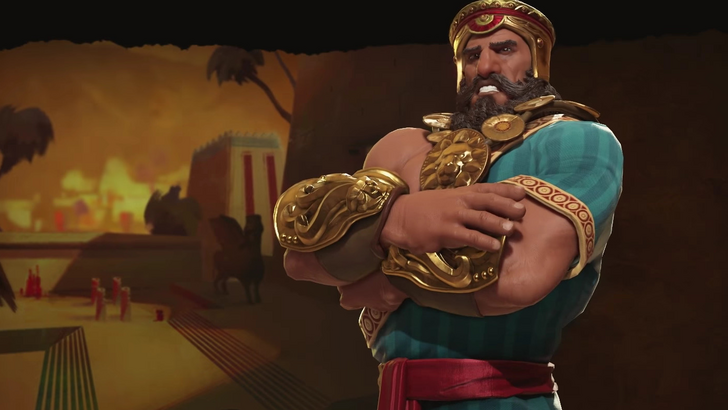
Leaders have been central to the Civilization series since its inception, defining the identity of each civilization as much as the nations themselves. These historical figures are not just figureheads but key elements of gameplay, evolving with each installment to reflect new design philosophies. From their earliest iterations to the present, leaders have grown in diversity and complexity, adapting to the series’ expanding vision.
Let’s dive into the evolution of Civilization’s leader roster, exploring how it has transformed over time and how Civilization VII reimagines leadership with its bold new lineup.
Early Civ Focused on Global Giants
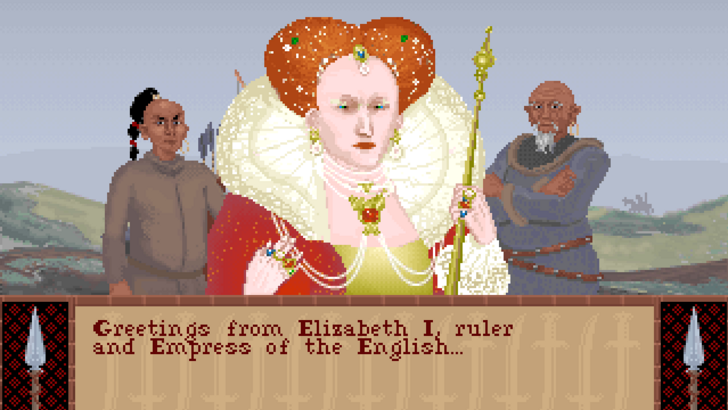
The original Civilization, a pioneering 4X strategy game, featured a modest roster compared to later entries. It spotlighted major powers from the early ‘90s and ancient history, with predictable leader choices for most.
Limited by design and technology, the game included just 15 civilizations, such as America, Rome, Greece, Japan, China, France, Egypt, and Russia. Leadership was straightforward, with each civilization led by a historical head of state. The selection leaned toward well-known figures, prioritizing global recognition.
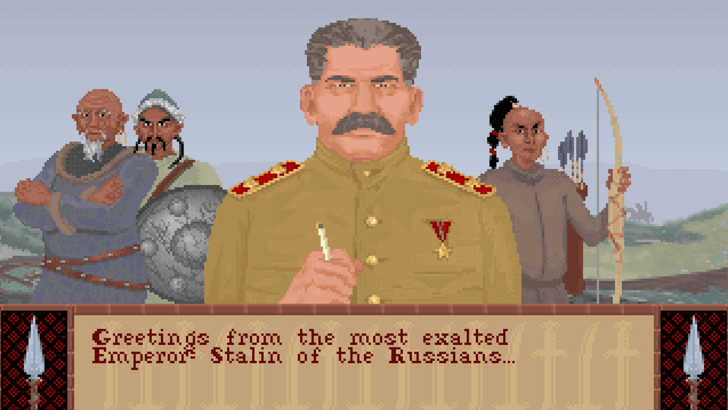
This approach delivered familiar names like Abraham Lincoln, Tokugawa Ieyasu, Mahatma Gandhi, and Julius Caesar, alongside controversial figures like Mao Zedong and Joseph Stalin. Elizabeth I was the only female leader. The selection was simple and reflective of its time, but Civilization II soon introduced changes that set the stage for greater diversity.
Civs 2 to 5 Embrace Broader Representation
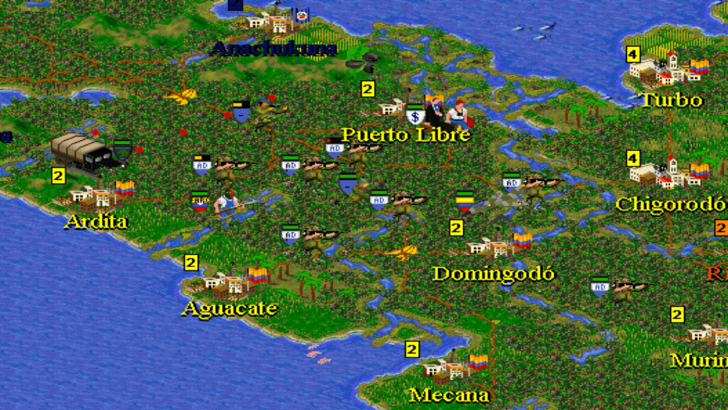
Civilization II expanded both the leader and civilization rosters, introducing lesser-known powers like the Sioux alongside established ones like Spain. A significant step was the inclusion of a dedicated female leader roster, offering players a choice between male and female leaders for each civilization.
The concept of a leader
also grew, encompassing figures who weren’t strictly heads of state but were pivotal to their cultures. Examples include Sacagawea for the Sioux and Amaterasu, a Shinto goddess, for Japan.
Civilization III shifted gears, removing the separate female roster but integrating more women into the main lineup, with six female leaders total. Figures like Joan of Arc for France and Catherine the Great for Russia took precedence over male counterparts like Napoleon and Stalin.
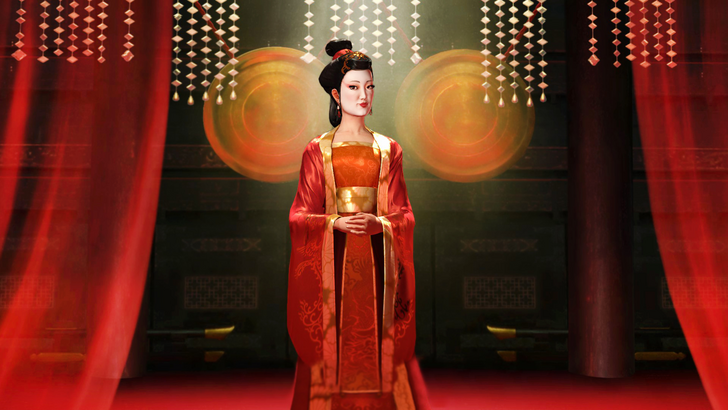
By Civilization IV and V, the roster and the definition of leadership had grown significantly. Leaders now included revolutionaries, generals, and consorts, not just rulers. Traditional figures were often replaced or joined by others, such as Wu Zetian for China instead of Mao Zedong, and both Victoria I and Elizabeth I for England.
The series began to tell a broader story of humanity, highlighting not just the famous but also lesser-known figures who shaped history.
Civ 6 Brings Vibrant Diversity and Depth
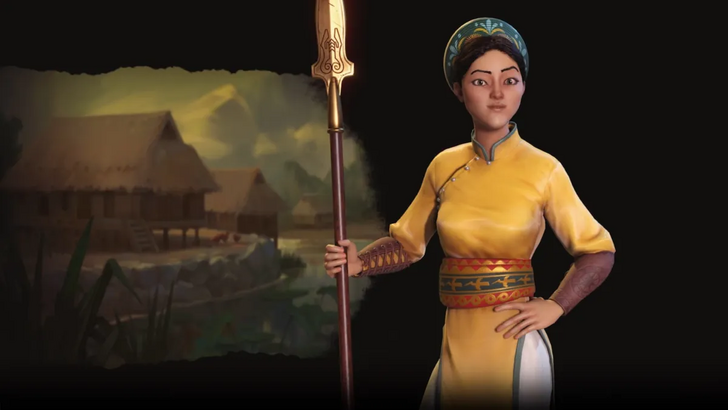
Civilization VI marked a high point for creativity, with leaders brought to life through stylized animations and deeper characterization. It introduced Leader Personas, alternate versions of leaders with unique playstyles, and welcomed lesser-known figures from underrepresented civilizations.
Lautaro of the Mapuche embodied resistance against Spanish conquest in Chile, while Bà Triệu, a Vietnamese warrior, stood as a symbol of defiance against Wu occupation. Queen Gorgo of Sparta offered a martial contrast to Pericles’ diplomacy in Greece.
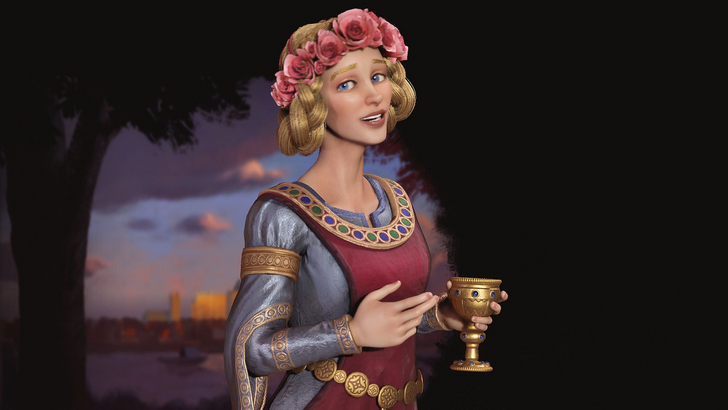
Leaders were now defined by specific moments in their lives, laying the groundwork for Civ VII’s approach. Eleanor of Aquitaine, for example, could lead either France or England, while Kublai Khan represented both the Mongols and China. Civilizations like America and China gained multiple leaders, such as Abraham Lincoln or Theodore Roosevelt for the former, and Qin Shi Huang, Wu Zetian, or Yongle for the latter.
Leader Personas added further depth, with alternate versions of figures like Catherine de Medici, Theodore Roosevelt, Harald Hardrada, Suleiman, and Victoria, each offering distinct gameplay nuances.
Civ 7 Introduces Bold New Faces
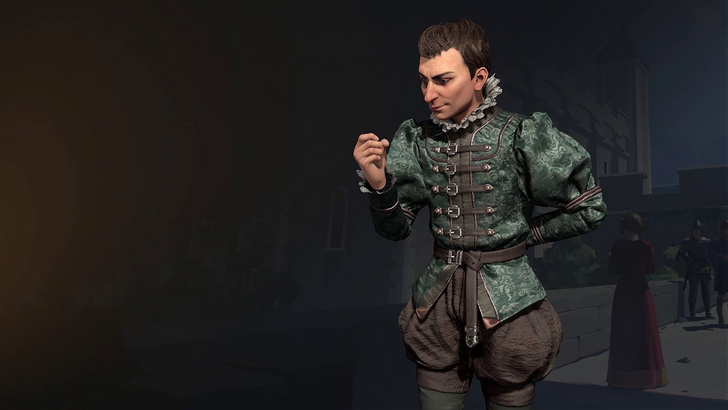
Civilization VII represents the pinnacle of Firaxis’ evolving approach to leader selection. With its most diverse roster yet, it features unconventional choices, multiple personas, and leaders tailored to varied playstyles.
A mix-and-match system frees leaders from being tied to a single nation, allowing lesser-known figures to shine. Harriet Tubman, the American abolitionist, leads with her Underground Railroad, filling a spymaster role previously held by figures like Catherine de Medici.
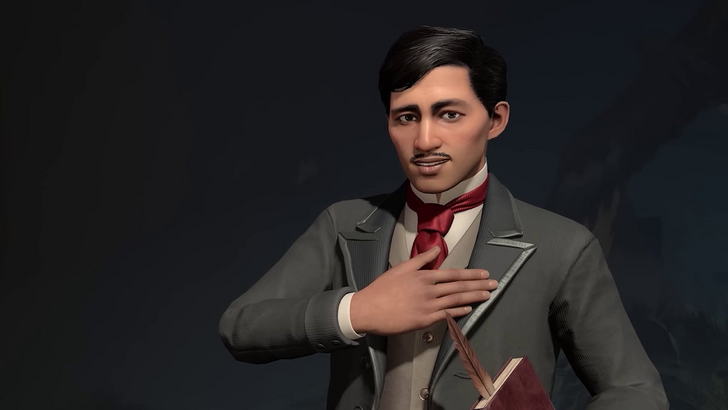
Other standout additions include Niccolò Machiavelli, whose diplomatic cunning reflects his writings, despite not being a traditional ruler. José Rizal of the Philippines, a long-overdue addition, focuses on diplomacy and cultural events, elevating his nation beyond its former city-state status.
Over nearly three decades, Civilization has shifted from a focus on dominant powers to a celebration of humanity’s diverse contributors. Leadership has evolved from a narrow concept to a vibrant tapestry of great minds, each shaping history in their own way. As we look to the future, Civ VIII might bring contemporary figures, but for now, Civ VII’s roster offers a rich, imaginative reflection of humanity’s story.
← Return to Sid Meier's Civilization VII main article
Explore Games Similar to Sid Meier's Civilization VII
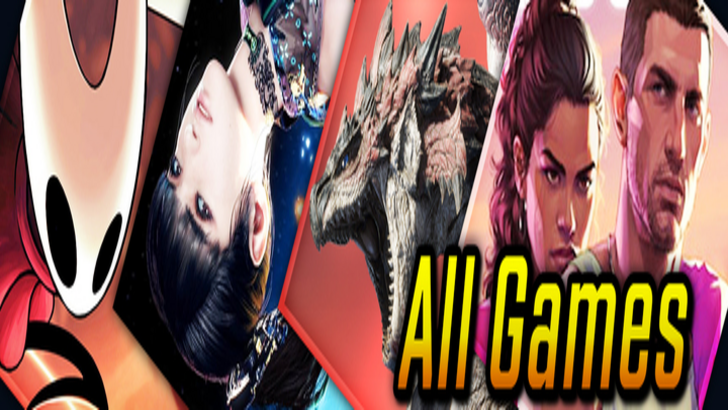












 LATEST ARTICLES
LATEST ARTICLES 